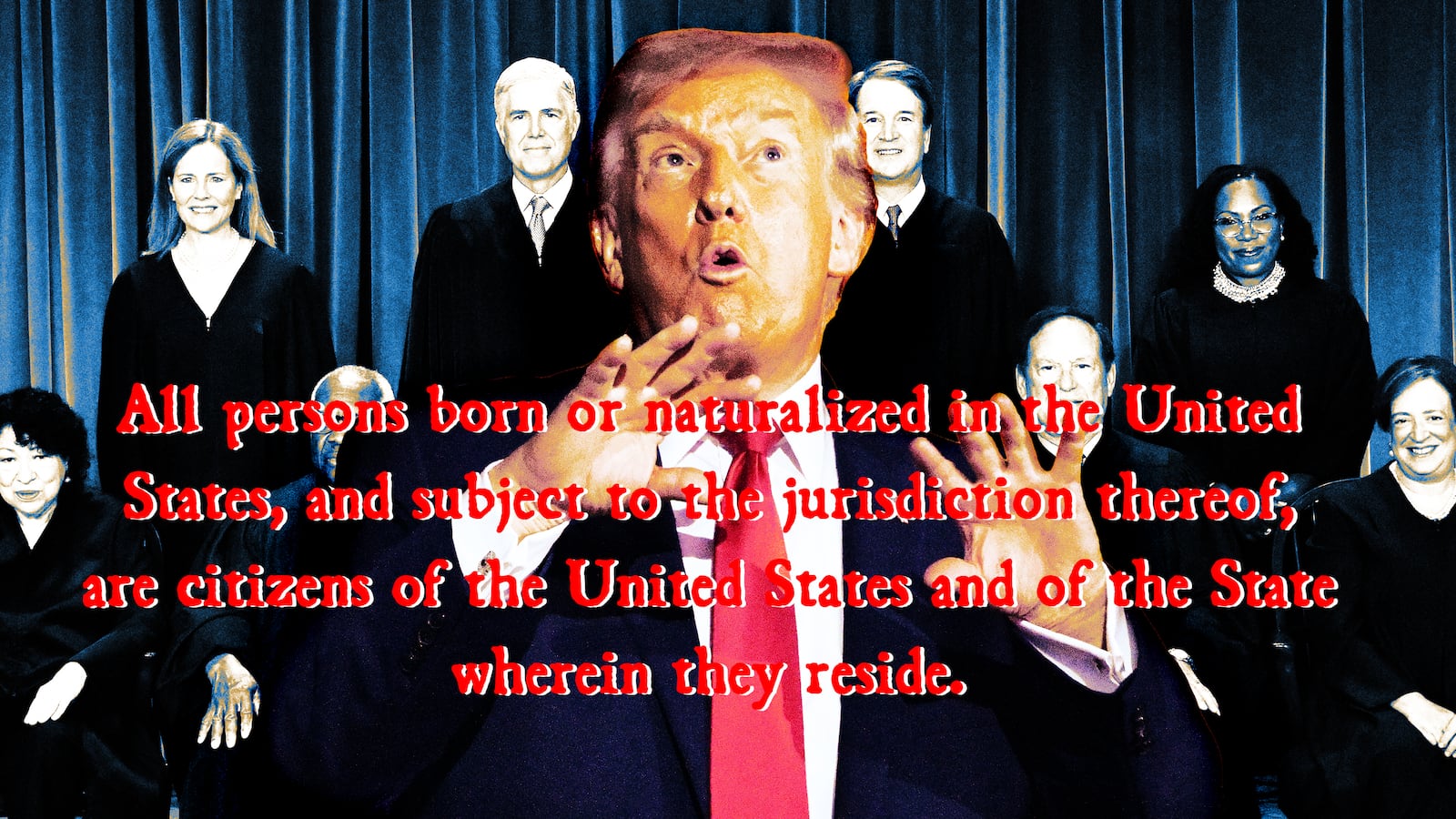Here's a totally different rationale, with a number of supporting references from reliable sources:
"There is little reason to believe that opportunity zones will deliver meaningful economic benefits to the low-income families they are ostensibly designed to benefit.
Not only are opportunity zones based on failed trickle-down economics, but investors are incentivized to fund highly-profitable projects rather than projects more responsive to the needs of truly distressed communities, . . and additionally regulations for opportunity zones are inadequate to hold investors accountable for making investments that actually benefit local communities.
__________________________________________________________
States Should Decouple from Costly Federal Opportunity Zones and Reject Look-Alike Programs Not only are opportunity zones based on failed trickle-down economics, but investors are incentivized to fund highly-profitable projects rather than projects more responsive to the needs of truly distressed communities, . . and additionally regulations for opportunity zones are inadequate to hold investors accountable for making investments that actually benefit local communities.
__________________________________________________________

"The federal Tax Cuts and Jobs Act of 2017 (TCJA) created many lucrative tax cuts for high-income taxpayers that purportedly “trickle down” to lower- and middle-income families, including the new Opportunity Zones program (OZ).
Under the Opportunity Zones program, people who invest in areas designated as “distressed” are rewarded with various federal tax breaks on the income they enjoy from those investments. Due to linkages between the federal and many states’ tax codes, the same tax breaks are now available in most states.
There is little reason to believe that opportunity zones will deliver meaningful economic benefits to the low-income families they are ostensibly designed to benefit. Under the Opportunity Zones program, people who invest in areas designated as “distressed” are rewarded with various federal tax breaks on the income they enjoy from those investments. Due to linkages between the federal and many states’ tax codes, the same tax breaks are now available in most states.
> Not only are opportunity zones based on failed trickle-down economics, but investors are incentivized to fund highly-profitable projects rather than projects more responsive to the needs of truly distressed communities, such as affordable housing.
> Additionally, regulations for opportunity zones are inadequate to hold investors accountable for making investments that actually benefit local communities
(For more information on the federal Opportunity Zones program and its shortcomings, see Opportunity Zones Bolster Investors’ Bottom Lines Rather than Economic or Racial Equity.)
> Post enactment of TCJA, lawmakers in most states still need to decide how to respond to the creation of this new program.
Given the shortcomings of the federal Opportunity Zones program and its added potential costs to states, the most prudent course of action is three-pronged:
"The rationales for offering capital gains breaks to opportunity zone investors at the state level are even weaker than offering such breaks at the federal level.[1]
This is because much of the benefit of state tax cuts for investors is likely to flow to people investing in opportunity zones located in other states.
> An additional issue for states to be concerned about is the regressive nature of these tax incentives
> In addition to subsidizing out of state investors and exacerbating regressive tax subsidies, each of these three subsidies threatens state finances in different ways. . .
> . . . Furthermore, states that are truly interested in aiding “distressed” communities should have their investment strategies informed by engagement with affected stakeholders, consulting with community leaders and activists in local neighborhoods to inform what investments would most benefit their communities.
_________________________________________________________________________________
Extracts from reference materials:
Conclusion
The federal Opportunity Zones program is deeply flawed. States should decouple from this program as quickly as possible and decline to double-down on its failed trickle-down approach by rejecting proposals to enact additional tax credits for investors of opportunity zones. If states do not decouple, they run the risk of lost revenues as well as larger inequities in the future. Lawmakers who want to invest in distressed communities should seek to make those investments directly rather than through the flawed structure of the Opportunity Zones program.
The time for state lawmakers to act is now. It was recently reported that the 2020 Census could expand Opportunity Zones tax breaks.[17] Recently, Rep. Rashida Tlaib proposed a bill to repeal the Opportunity Zones tax break in its entirety. If enacted, this would be a step in the right direction towards a just tax system However, states should not wait to enact their own responsible and equitable economic tax policies.[1] Mazerov, Michael. “States Should Decouple Their Income Taxes From Federal “Opportunity Zone” Tax Breaks ASAP.” Center on Budget and Policy Priorities. April 29, 2019. Available at: https://www.cbpp.org/blog/states-should-decouple-their-income-taxes-from-federal-opportunity-zone-tax-breaks-asap.
[2] The Joint Committee on Taxation estimates the Opportunity Zone program will cost $1.6 billion in federal revenue between 2018 and 2027.Joint Committee on Taxation, “Estimated Budget Effects of the Conference Agreement for H.R. 1, The ‘Tax Cuts and Jobs Act,’” JCX-67-17, Dec. 18, 2017, https://www.jct.gov/publications.html?func=startdown&id=5053.
[3] Gelford, Hilary and Adam Looney, “Learning from Opportunity Zones: How to improve place-based policies.” Brookings Institution. Available at: https://www.brookings.edu/wp-content/uploads/2018/10/Looney_Opportunity-Zones_final.pdf
[5] Grundman, Dylan. “What the Tax Cuts and Jobs Act Means for States- A Guide to Impacts and Options,” Institute on Taxation and Economic Policy, January 26, 2018, Available at: https://itep.org/what-the-tax-cuts-and-jobs-act-means-for-states-a-guide-to-impacts-and-options/
[7] Bartik research
[8] Buss, T.F. (2001), “The effect of state tax incentives on economic growth and firm location decisions: An overview of the literature.” Economic Development Quarterly, 15(1), 90-105. https://journals.sagepub.com/doi/abs/10.1177/089124240101500108
[11] Ernsthausten, Jeff and Justin Elliot, “How a Tax Break to Help the Poor Went To NBA Owner Dan Gilbert,” ProPublica. October 24, 2019. Available at: https://www.propublica.org/article/how-a-tax-break-to-help-the-poor-went-to-nba-owner-dan-gilbert
[12] Maciag, Mike, “Do Tax Breaks Help or Hurt a State’s Finances? New Study Digs Deep,” Governing, May 2019. Available at: https://www.governing.com/topics/finance/gov-tax-incentives-job-creation.html
[13] Daphne A. Kenyon, Adam H. Langely, and Bethany P. Paquin, “Rethinking Property Tax Incentives for Businesses,” Lincoln Institute of Land Policy,” June 2012: https://www.lincolninst.edu/publications/policy-focus-reports/rethinking-property-tax-incentives-business



